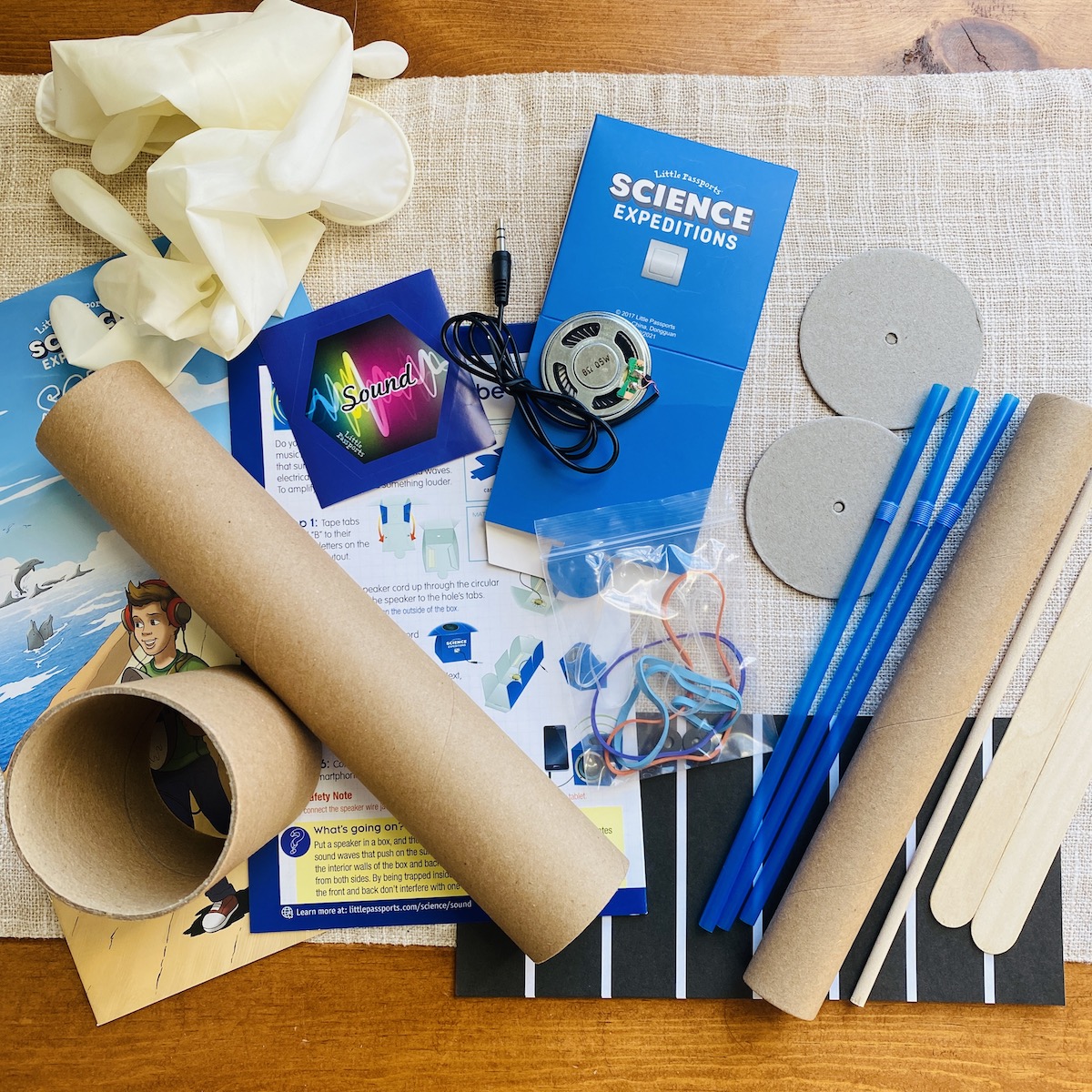
Little Passports is a subscription box that helps kids explore the world through fun and educational activities and is one of the best subscription boxes for kids as voted by MSA readers. They offer a range of subscription options for ages 3-8+, as well as "Individual Activity Kits" that can be ordered along with any subscription at the time of purchase. This box includes science experiments, plus a comic book related to the monthly theme.
This review is of the Little Passports: Science Expeditions (recommended ages 8+) kit which when purchased monthly is $29.95, but is discounted with 6 or 12 month commitments.
This box was sent to us at no cost for review. (Check out our editorial guidelines to learn more about how we review boxes.)
Science Expeditions: "Sound"
My grandma bought me a piano when I was 7 years old because I announced I wanted to take piano lessons. Little did I know how much work was involved in such an endeavor, and my mom sadly had to put up with many tears throughout my 6 years of lessons. That being said, while I still have my piano, my kids haven't found an interest in playing, but are interested in other instruments, though have yet to take lessons. This "Sound" themed Little Passports: Science Expeditions box was a fantastic way to gain an educational background on sound, and dive a little deeper into this fun topic before choosing an instrument for my kids to hone in on. Read below to find out what we discovered this month.
Sound Comic and Activity Book
Every month, Little Passports sends our monthly activity along with a really fun comic and activity book pertaining to the monthly theme. For the "Sound" curation, we read an exciting comic and learned all about visual vibrations and sound waves. This booklet is not only informative, but really teaches specific content using colorful and engaging story lines and activities.
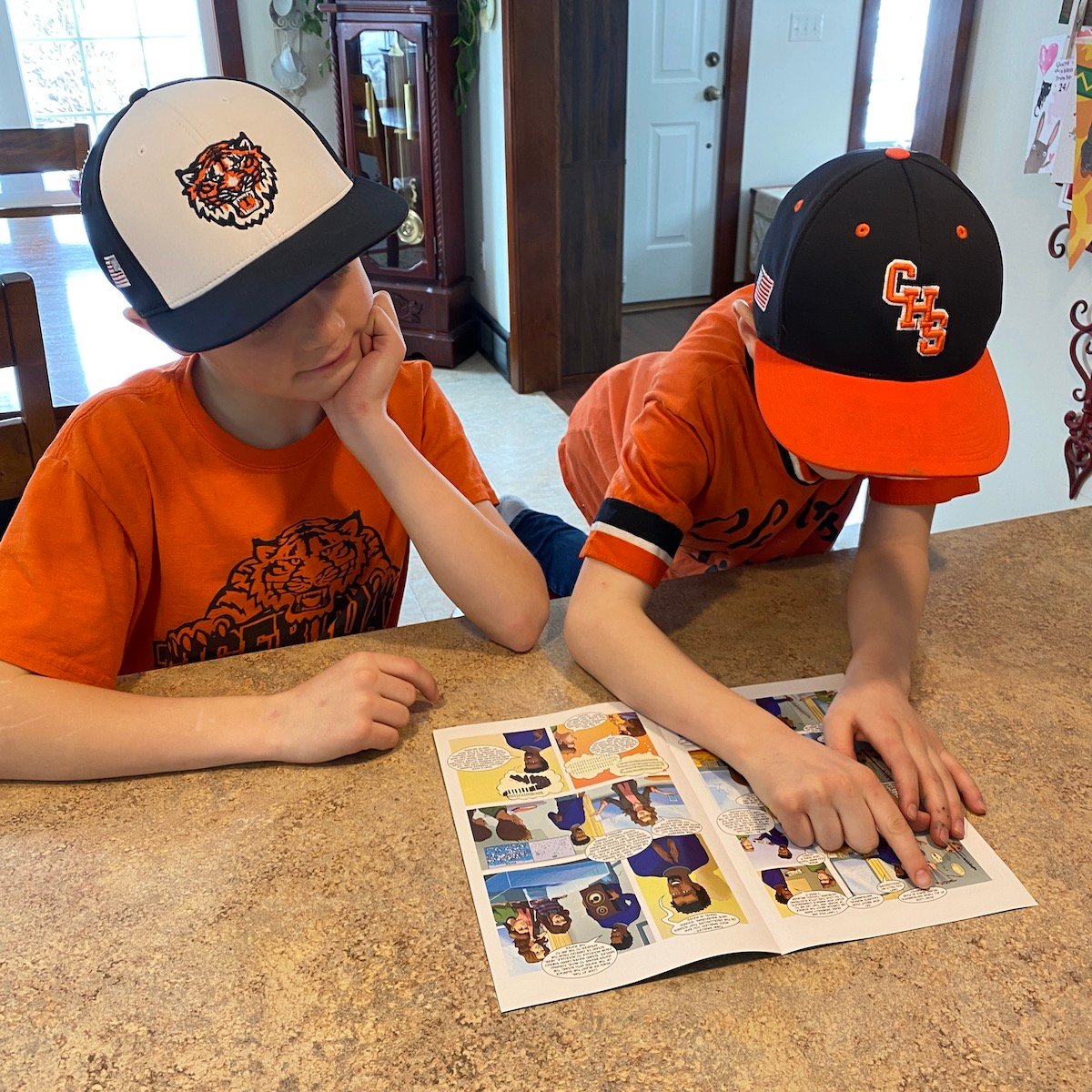
Hank and Charlie love graphic novels and were both very intrigued by the information in this month's comic book. Not only did it come with instructions for creating a model eardrum, but it also taught us how to draw diagrams of the four most basic sound waves. Neat!
Sound Science Instruction Guide
After reading through the comic book, the boys couldn't wait to dive in and see what kind of projects this month's theme would include. This month, we received the supplies for three different projects that had everything to do with acoustics, dynamics, physics, and sound engineering. The projects have easy-to-follow instructions, and while the boys needed some assistance, had a relatively easy time figuring the projects out. I do want to note that these projects may require a few materials from home, so you probably want to read through the instructions fully before beginning.

Hank and Charlie took turns reading through the introductions to this month's projects, as well as the instructions. Some of the information does go into quite a bit of detail, so younger kids might have a hard time processing all of the info, but should still take away the basic logistics.
Project 1: "Wind Ensemble"
To create our very own wind ensemble, we received 2 latex gloves, two cardboard tubes, two straws, a large rubber band, small rubber bands, and 2 craft sticks. From home we needed to provide a ruler, masking tape, and scissors.
Using acoustics and dynamics we created a wind ensemble by constructing and playing tunes on a set of bagpipes and harmonica. Because both sets of instructions were quite easy to follow, these pieces went together quickly and actually worked! Starting with the bagpipe first, the boys taped the glove onto the tube and cut a small slit in the thumb. Inserting the straw, they taped that down and laid the glove on the tube. By blowing into the straw, it created a loud wheezing sound just like the directions state. We received another tube to create a higher pitched bagpipe, and followed the directions accordingly. The second part of this ensemble was to create the harmonica, and Charlie did so by putting a rubber band on a craft stick and inserting two small straws on each side. Once this was in place, he added a craft stick to the top and rubber banded it on each end, creating the harmonica. This was surprisingly noisy, and can create some interesting sounds!
Project 2: "Speaker Cube"
In our second project we learned about sound engineering and were to create a speaker cube. Included was a cardboard cutout and speaker. From home we needed to provide tape.
This too was a quick project, as it mostly just involved folding and taping, coming together in a much faster fashion than the 15-25 minutes allocated. The only problem we had with this speaker cube, is that we have nothing to connect it with to see if it works. I think my school iPad has this same connection, so we will try next week, but otherwise were a little bummed we didn't get to test it out.
Project 3: "Seeing Sound"
The last project we received this month was ago created a cardboard-and-rubber-band device that lets you see the vibrations you hear. We received rubber bands, a cardboard tube, a wooden dowel, cardboard ends, gaskets, and striped paper to create this project. From home we needed to provide tape, scissors, a sharp pencil, and a ruler.
For this project we utilized the cardboard shipping box and cut off all the flaps. Hank then created his cardboard spool. Using the roller, he measured where to poke holes and where to cut the slits. By cutting the rubber bands and knotting the ends, he added the strings. When the spool was spun, you could see the waveforms on the strumming elastic strings. Crazy! The only problem we encountered with this project was the fact that the rubber bands were starting to harden and break. We really struggled with the purple one and blue one, but still managed to get the project to work.
Sound Science Badge
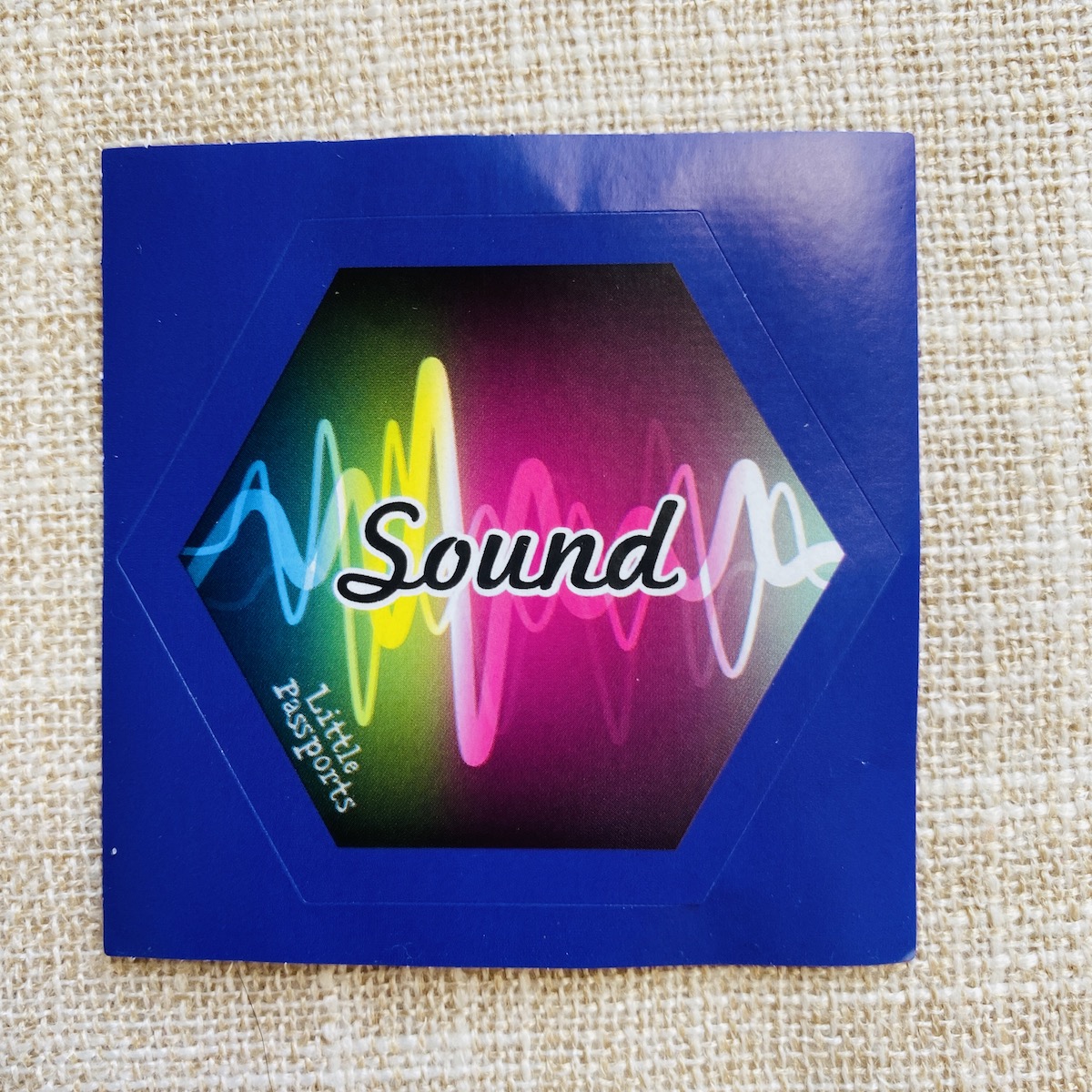
After we completed our activities, we were awarded the Sound Science Badge as a tribute to our hard work and play.
Verdict
Little Passports Science Expedition kit has a slew of interesting themes, and the "Sound" box was another hit! With three fun projects, this was a perfect snow day adventure, as we learned all about sound and music, though were a little bummed by the breakage of the rubber bands, and the speaker cube jack. Like I have mentioned before, these kits are a great way to supplement "school science" and learn along with your kids through play. This month's wind ensemble, speaker cube, and seeing sound project were both super cool and information, but at the $29.95 price point, I would like to see another component added in to round out the box. Overall, we had a great time learning about these fascinating science concepts, and can't wait to see what the next box might hold. What did you think about this box?
Keep Track of Your Subscriptions: Add this box to your subscription list or wishlist!
To Wrap Up
Can you still get this box if you sign up today? You'll start with the Forensic Science box in the first month, followed by a different themed box each month thereafter.
What do you think of this month's box?

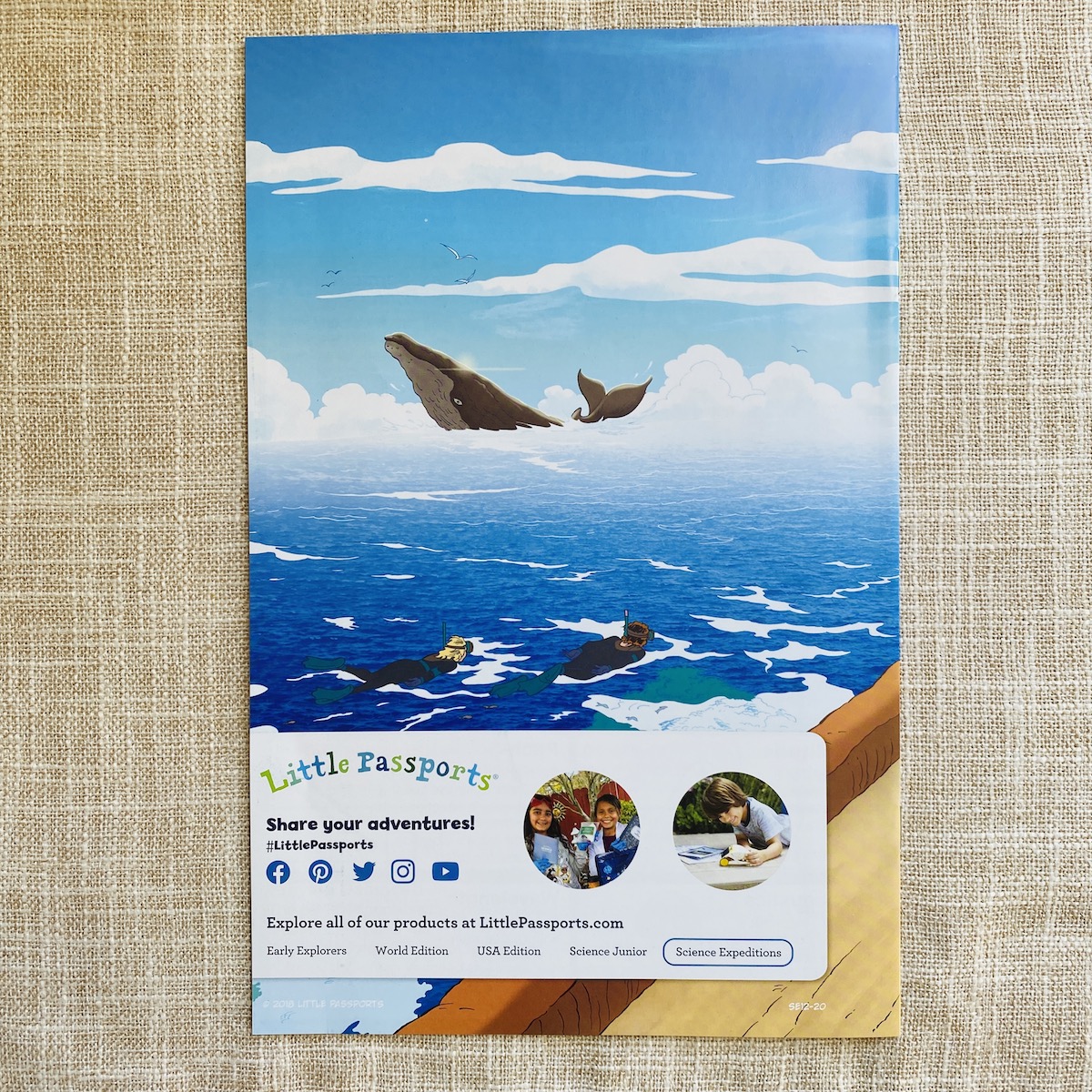



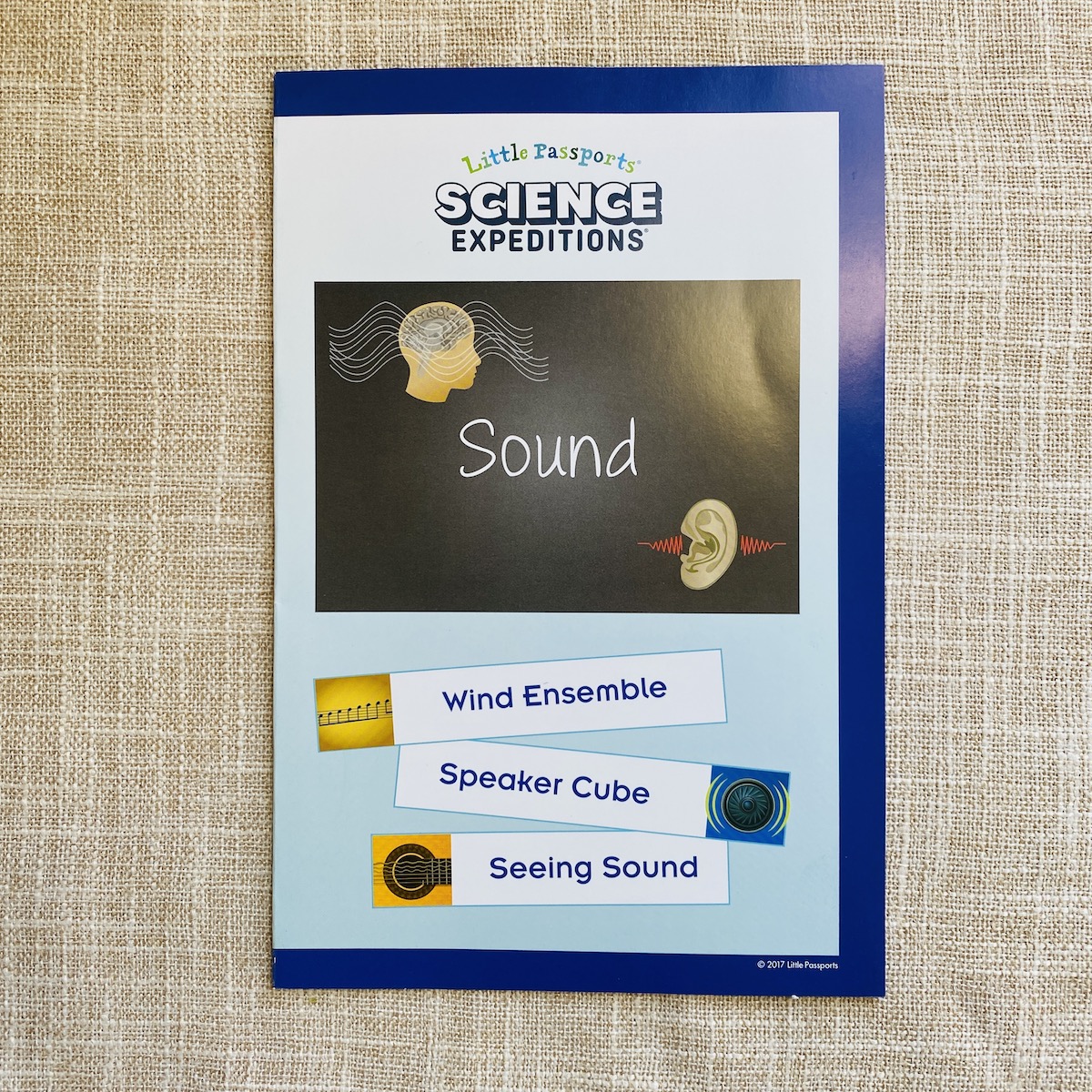


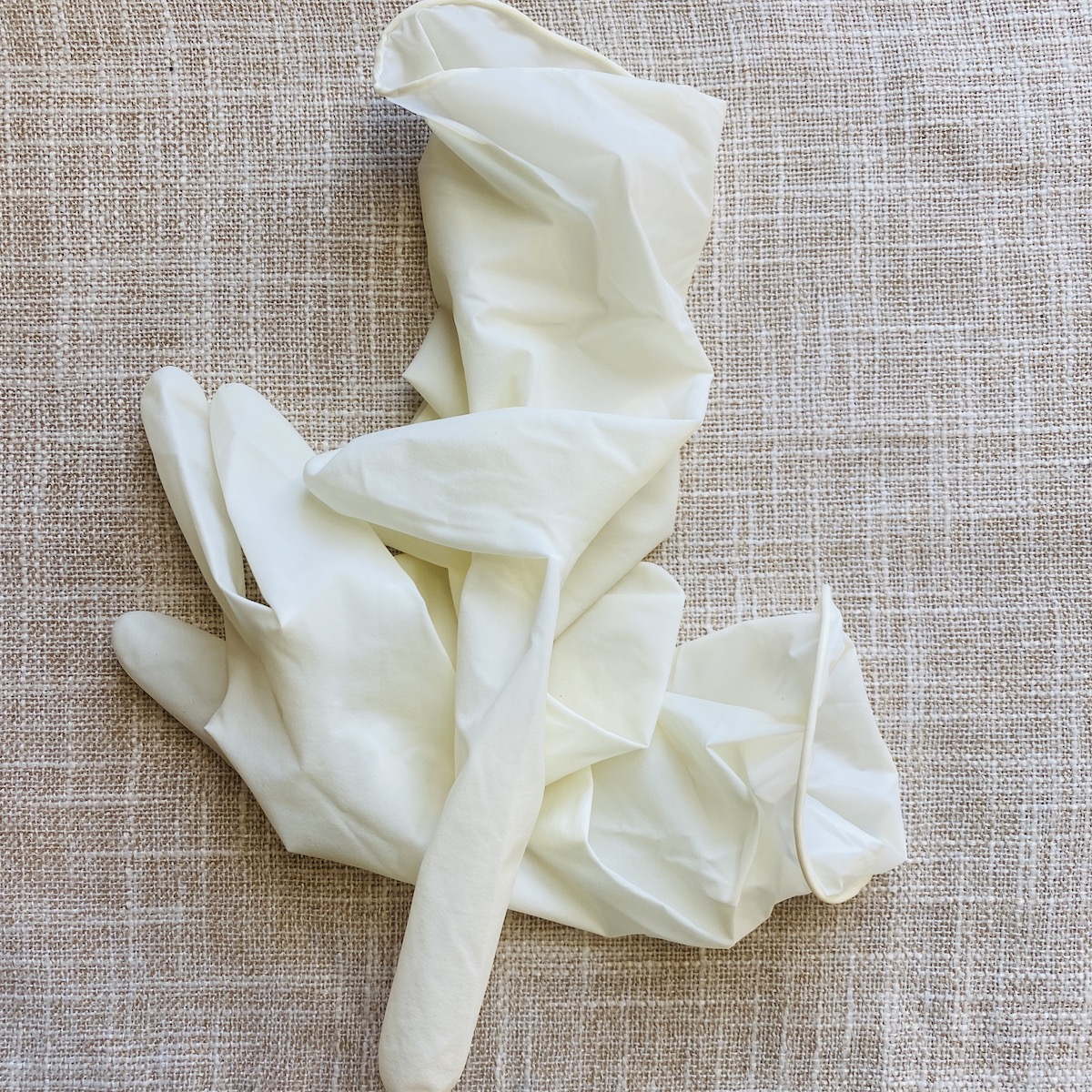



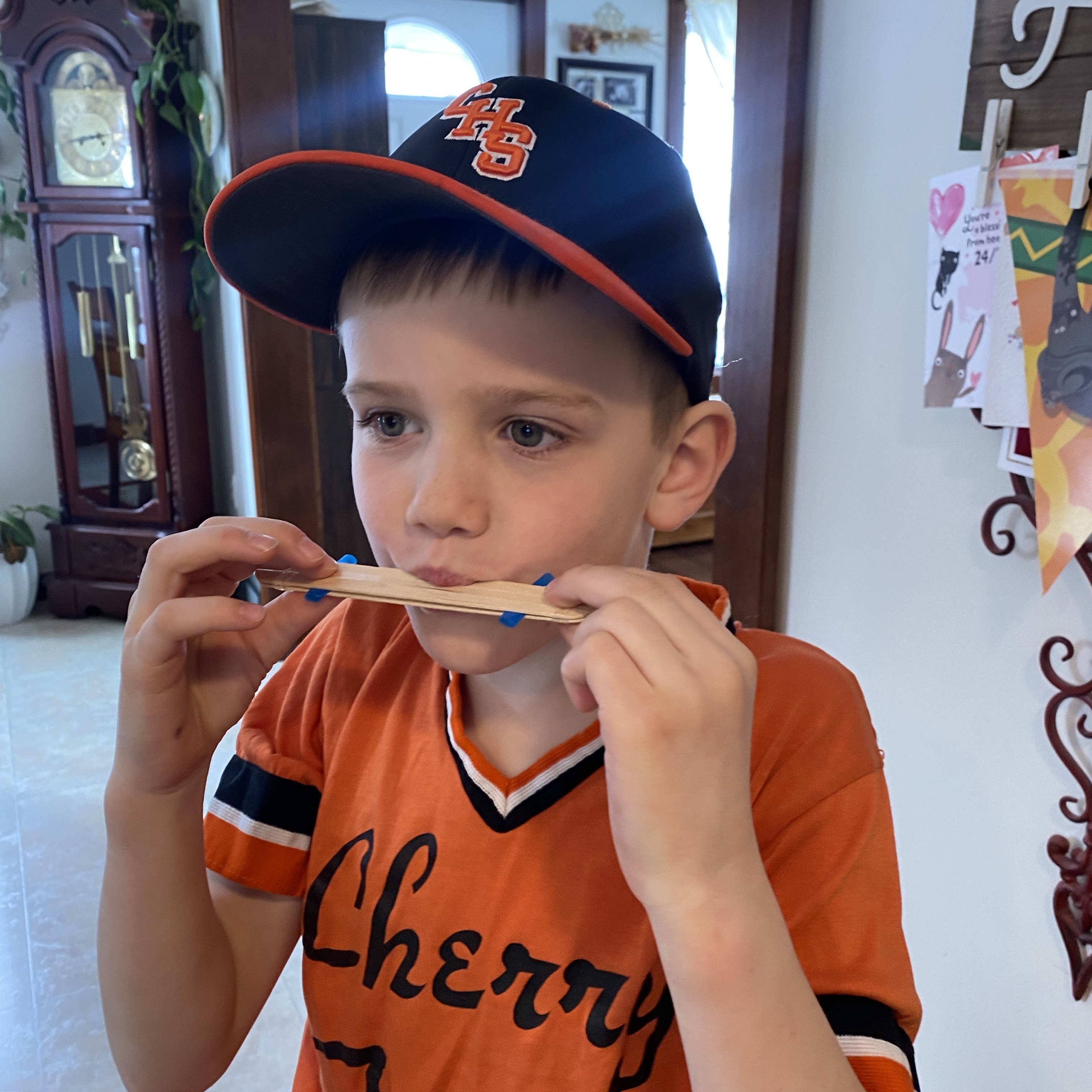
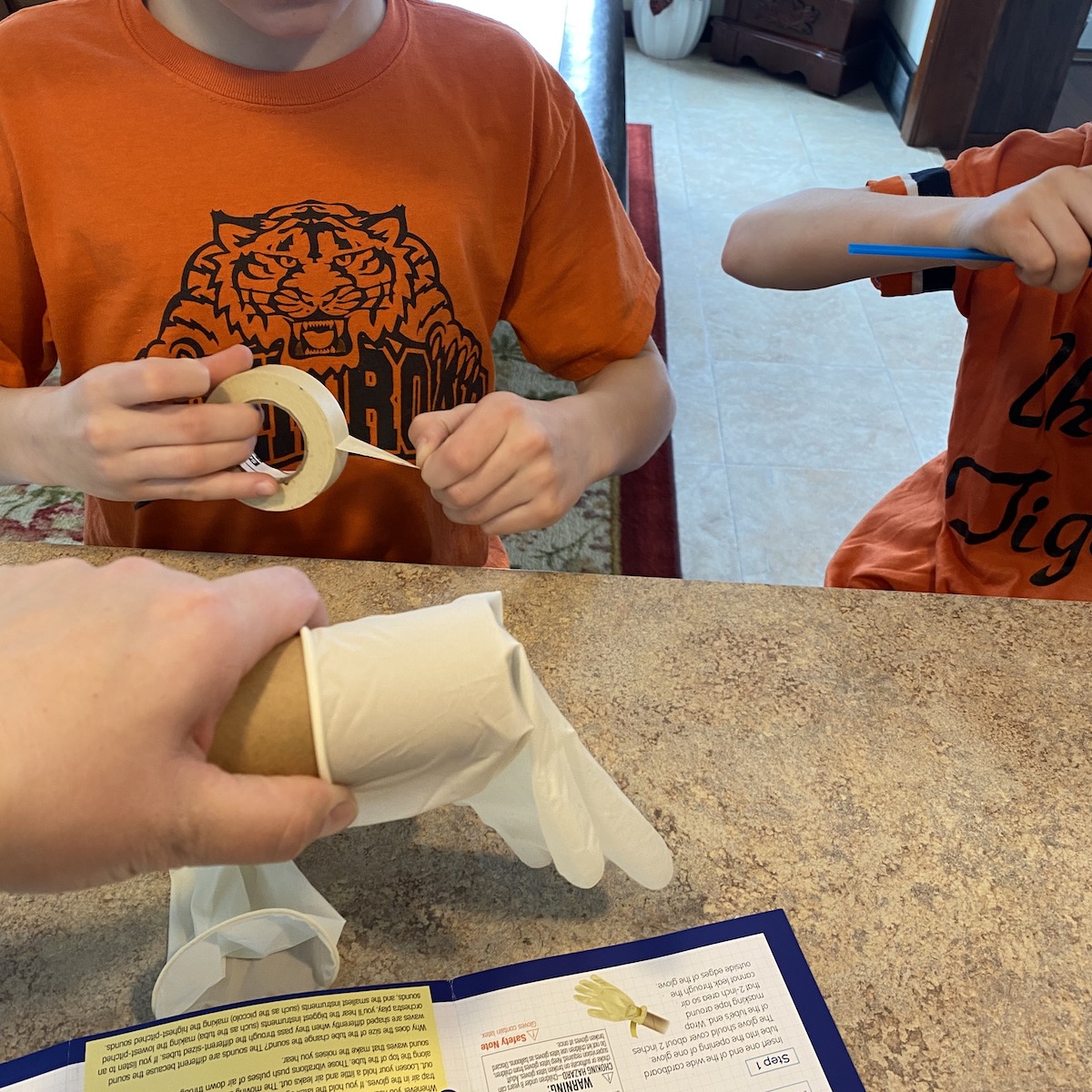
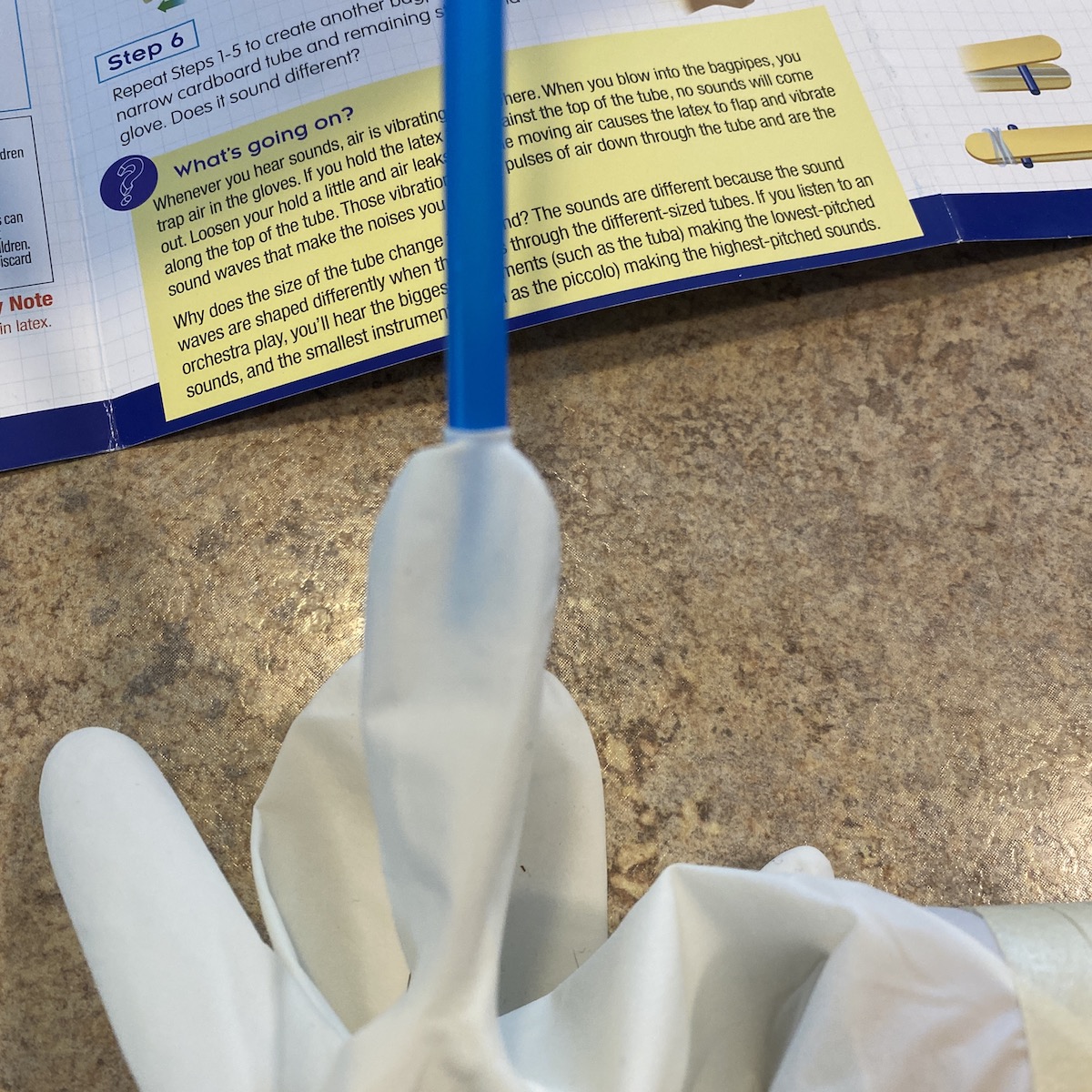




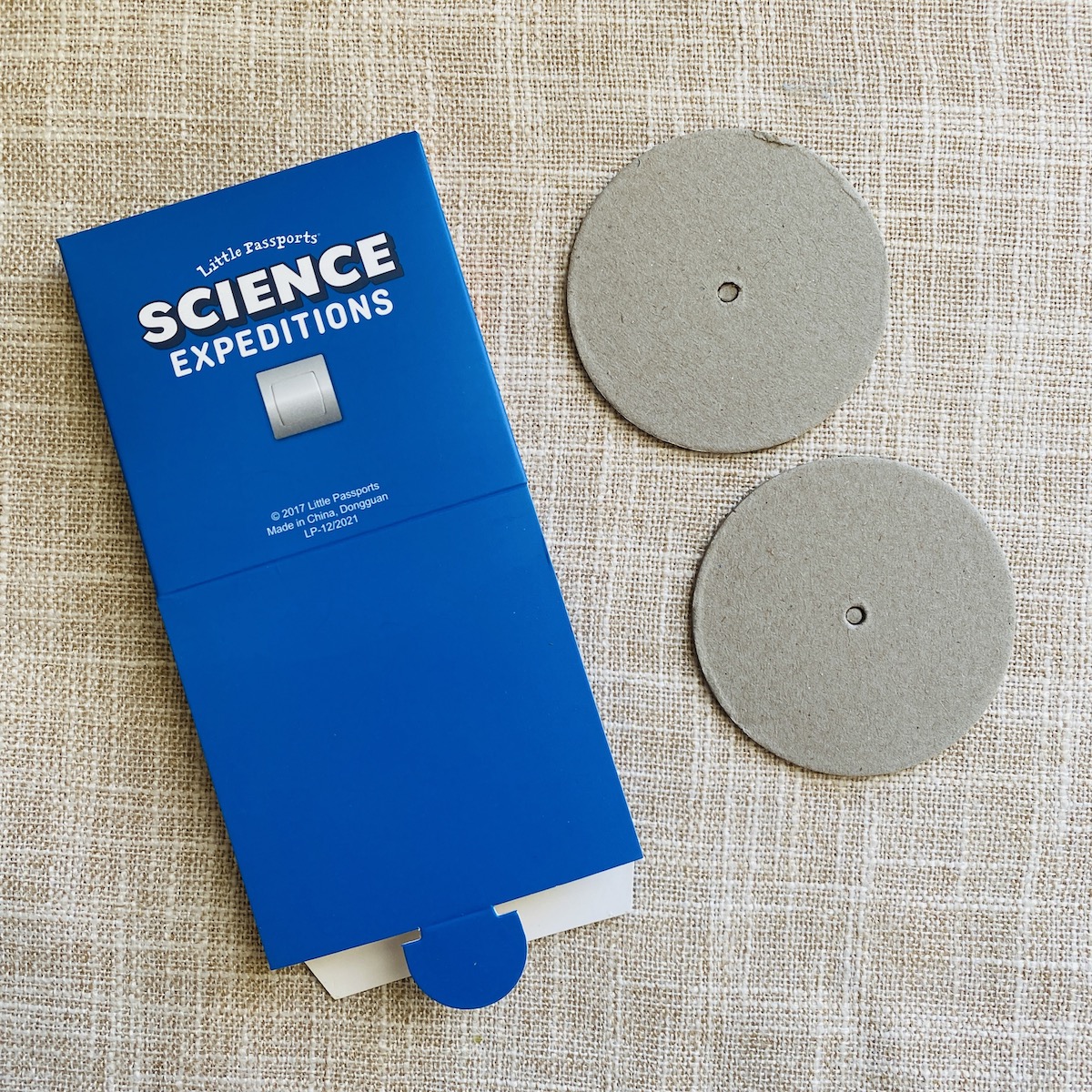
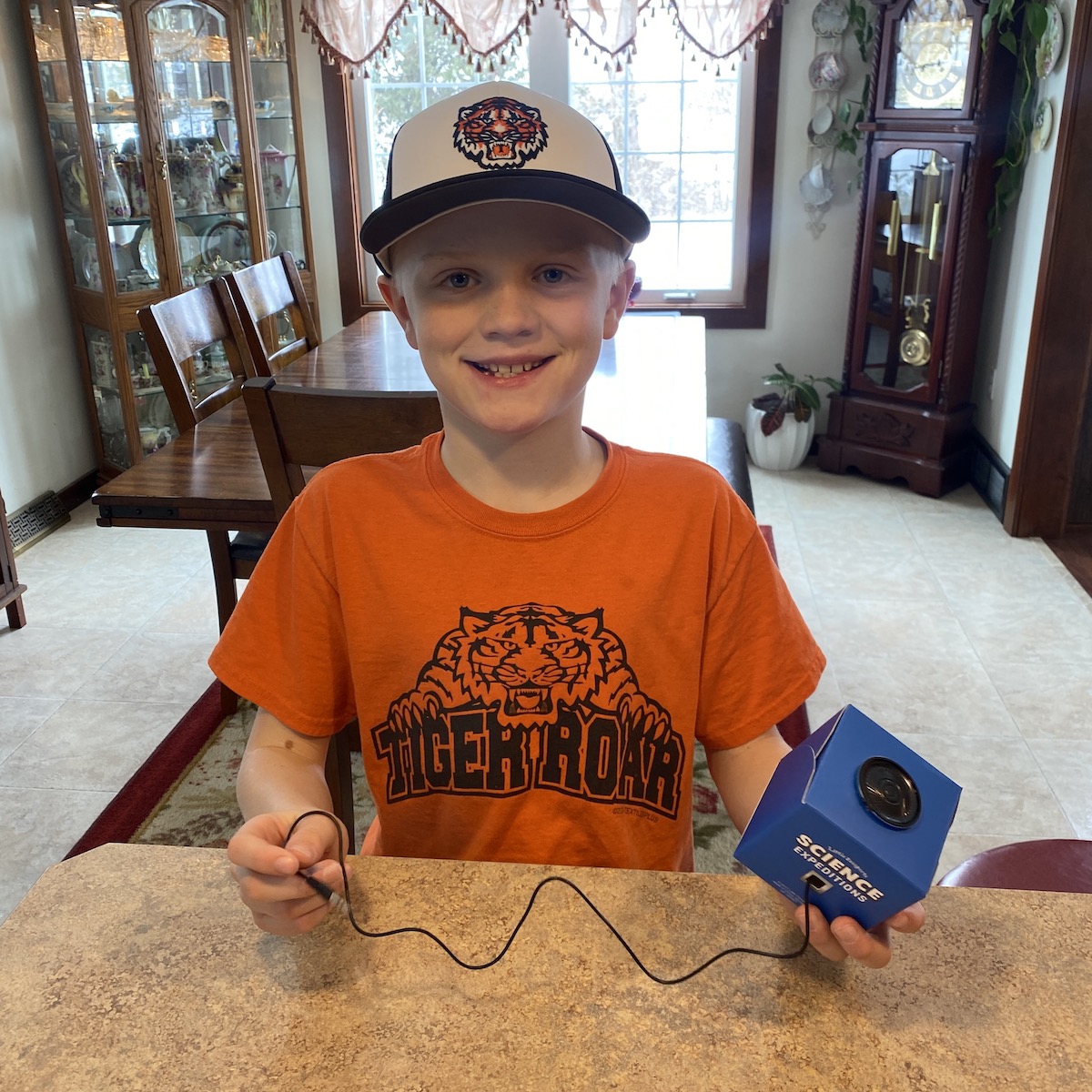
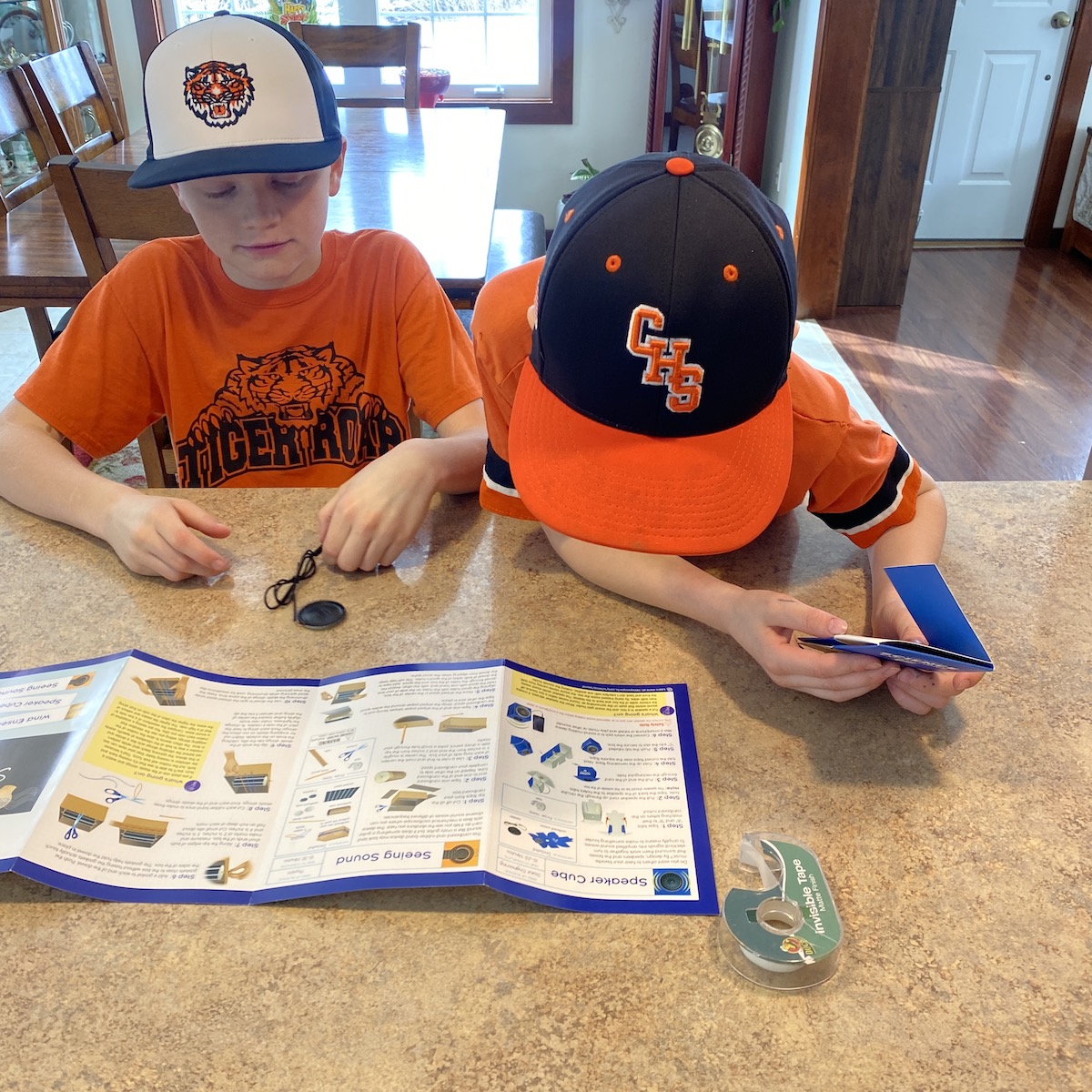
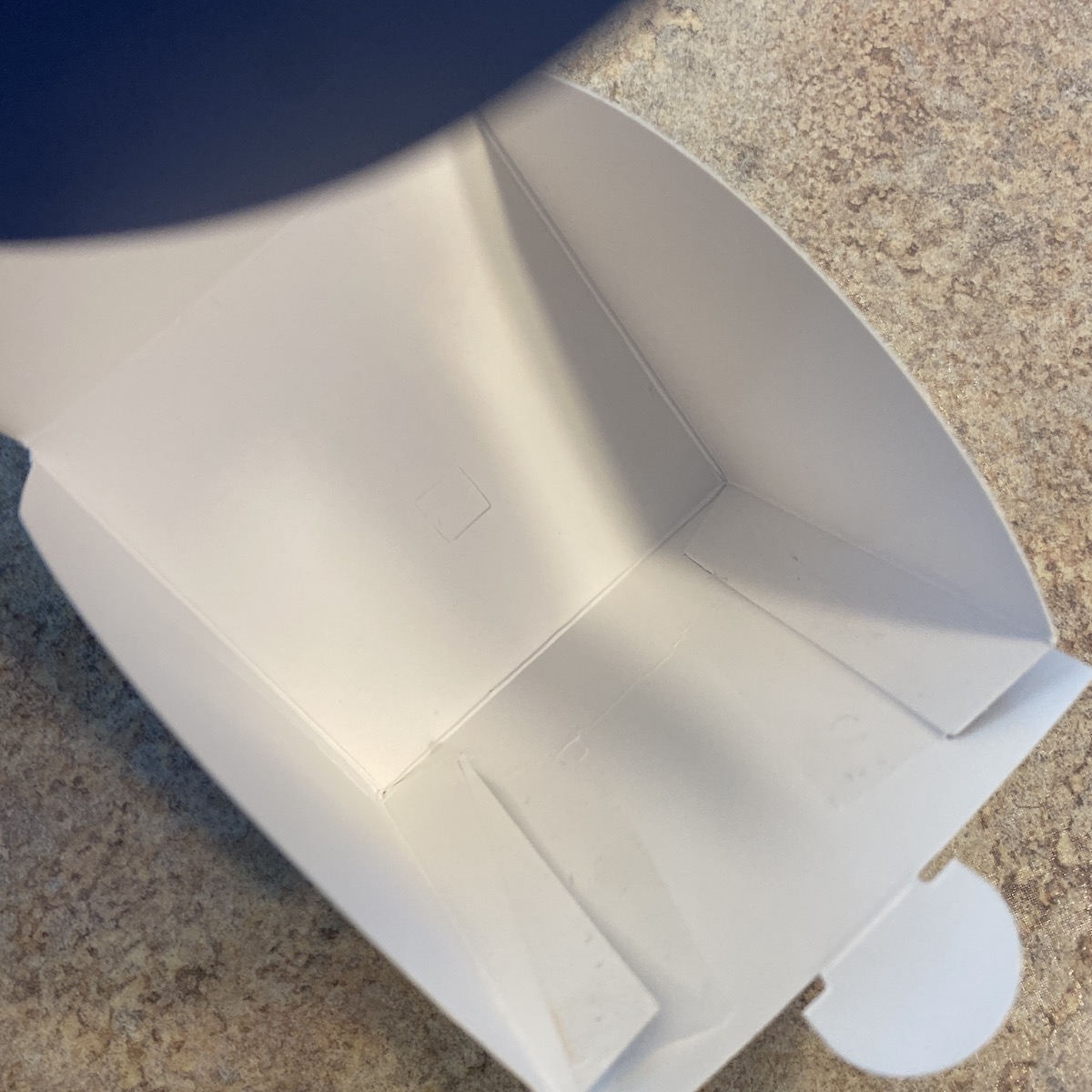



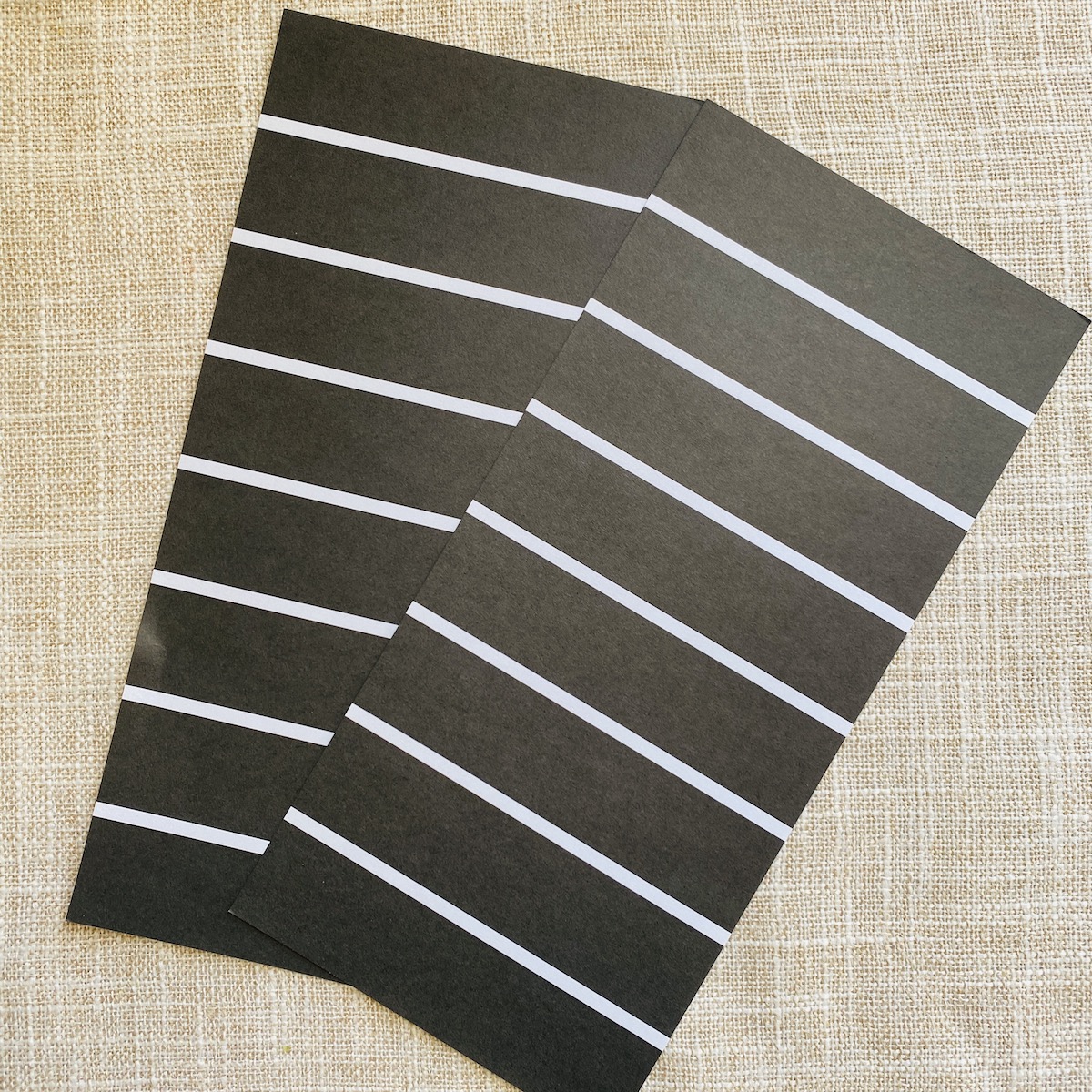
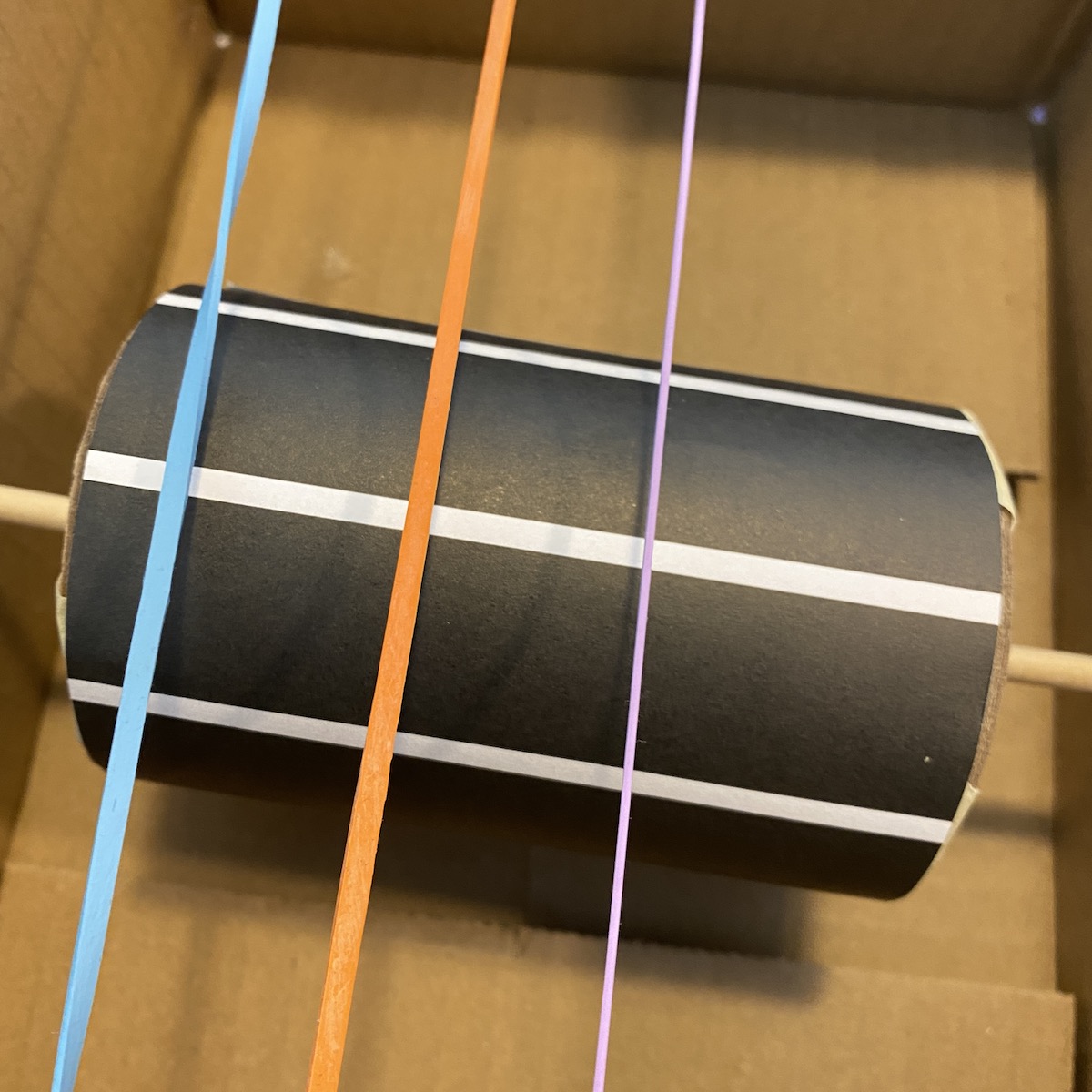
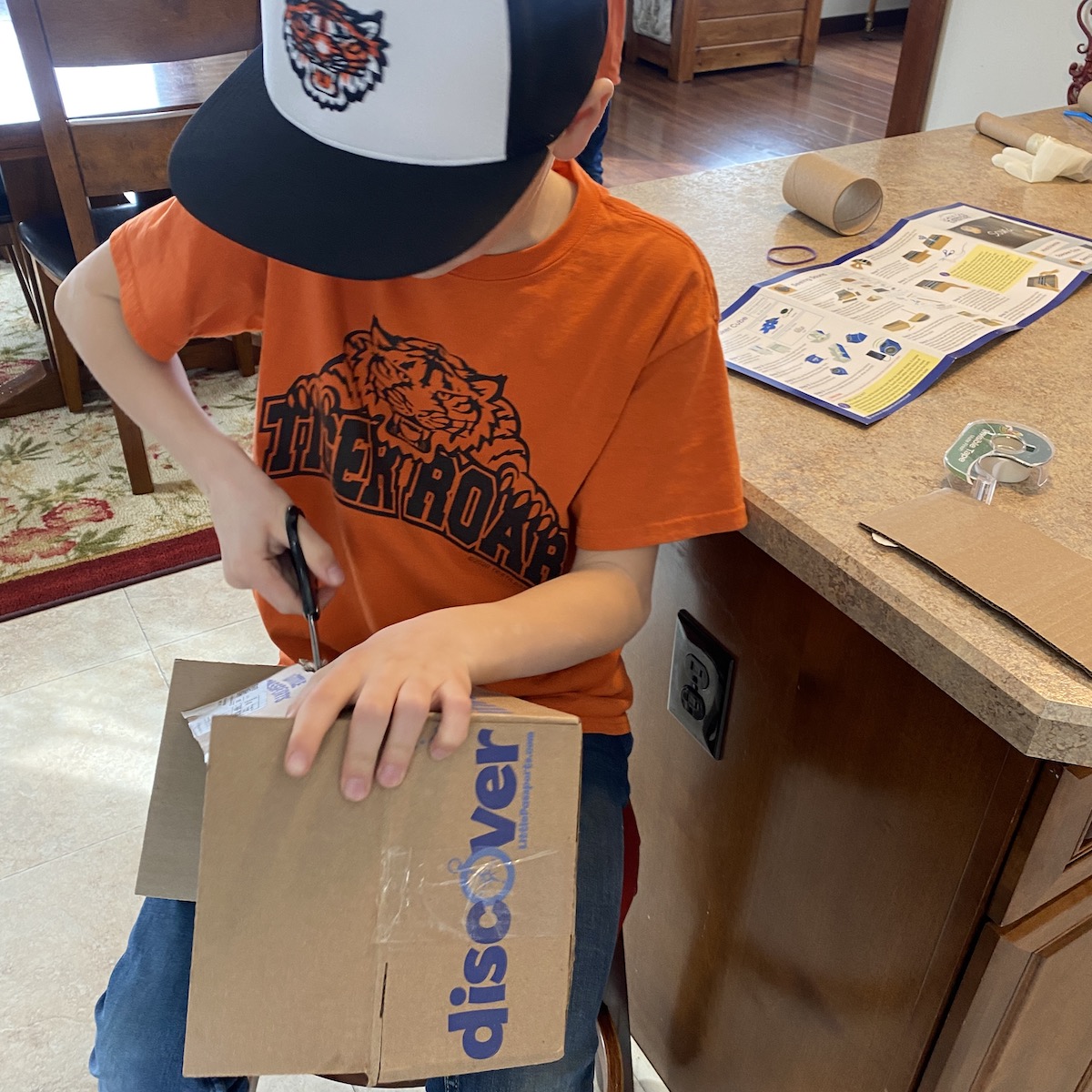

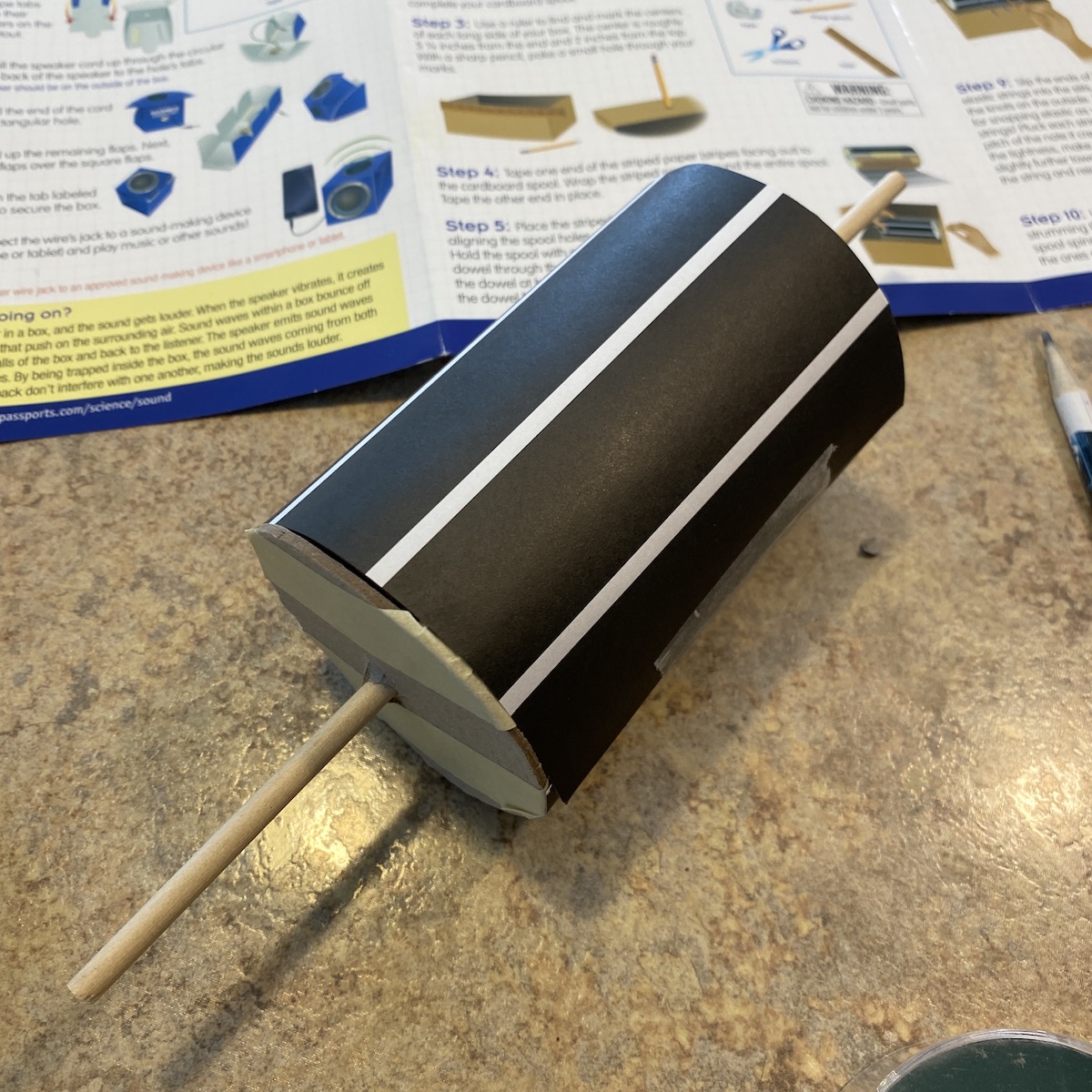
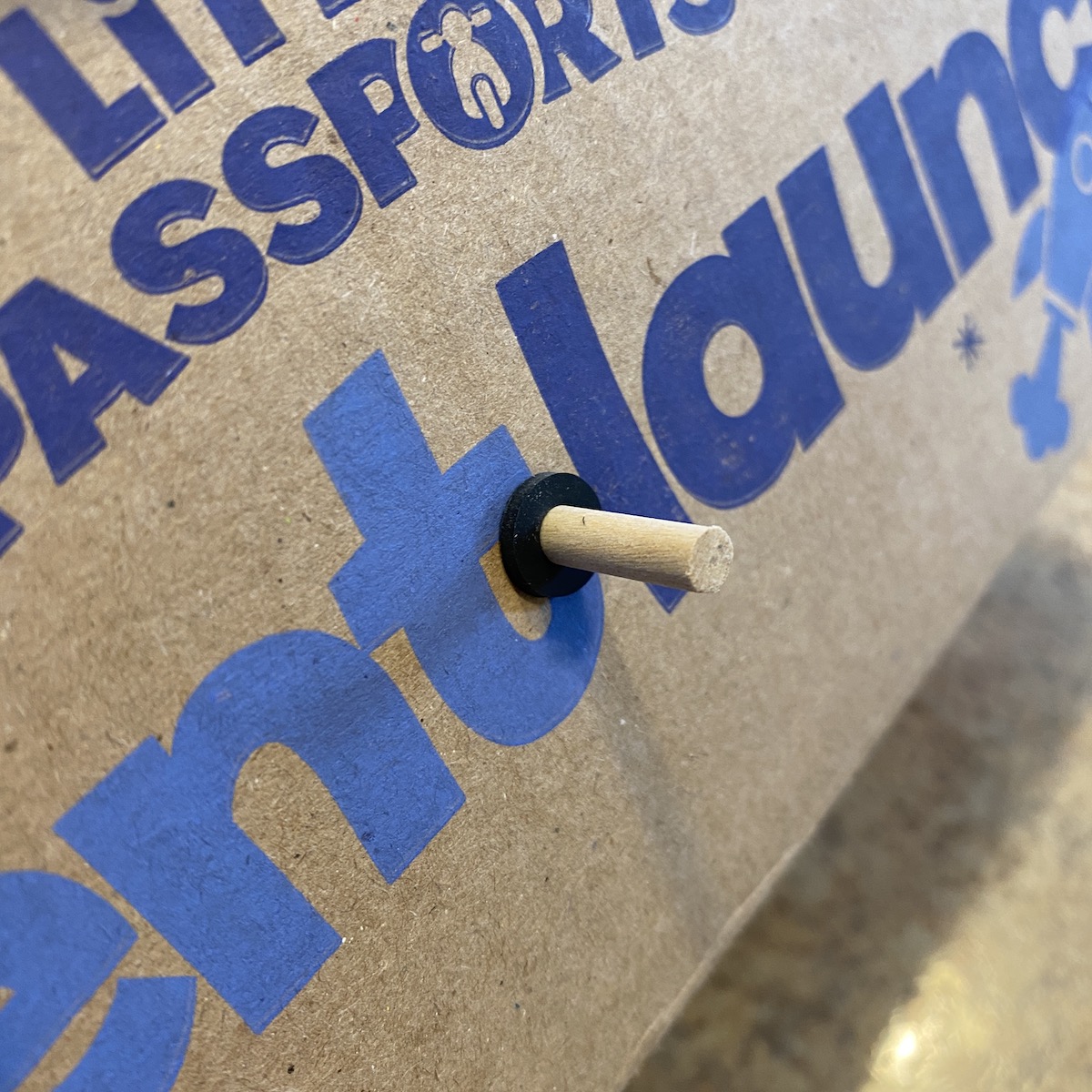



Please do not enter your email address in the Name field or in the comment content. Your email address will not be published. Required fields are marked *. Remember to post with kindness and respect. Comments with offensive language, cruelness to others, etc will not be approved. See our full comment policy here.